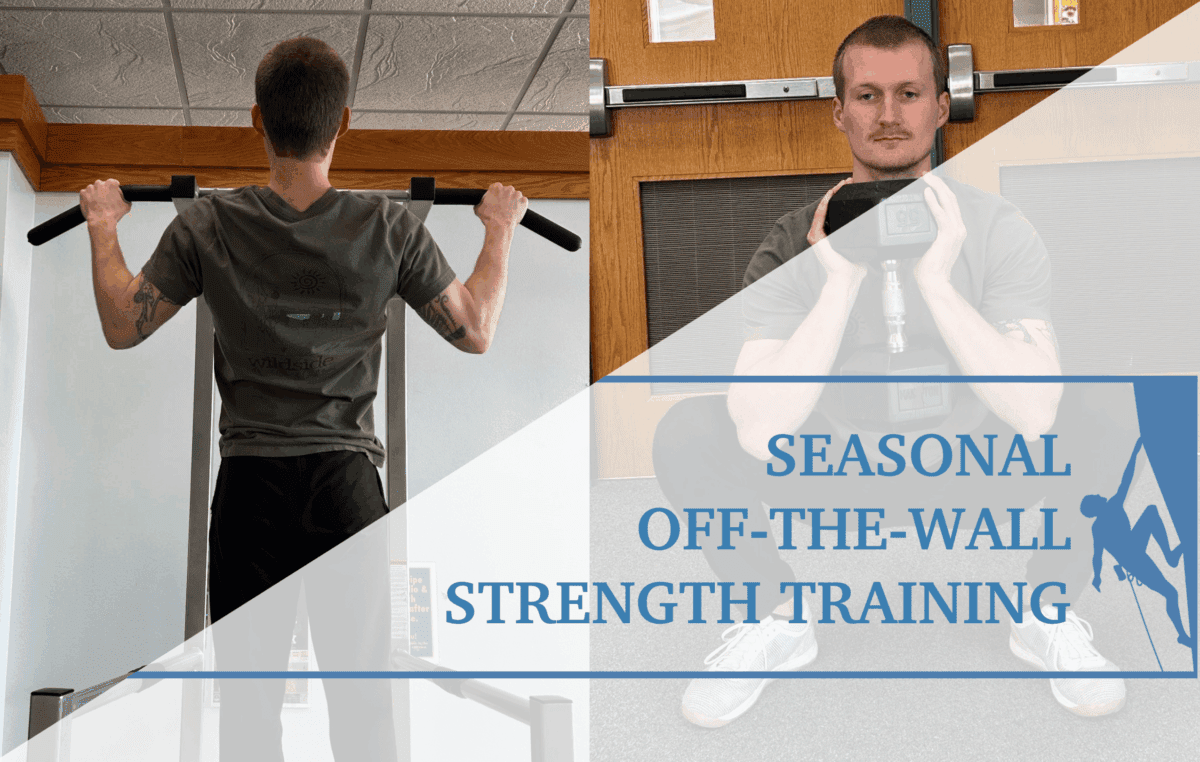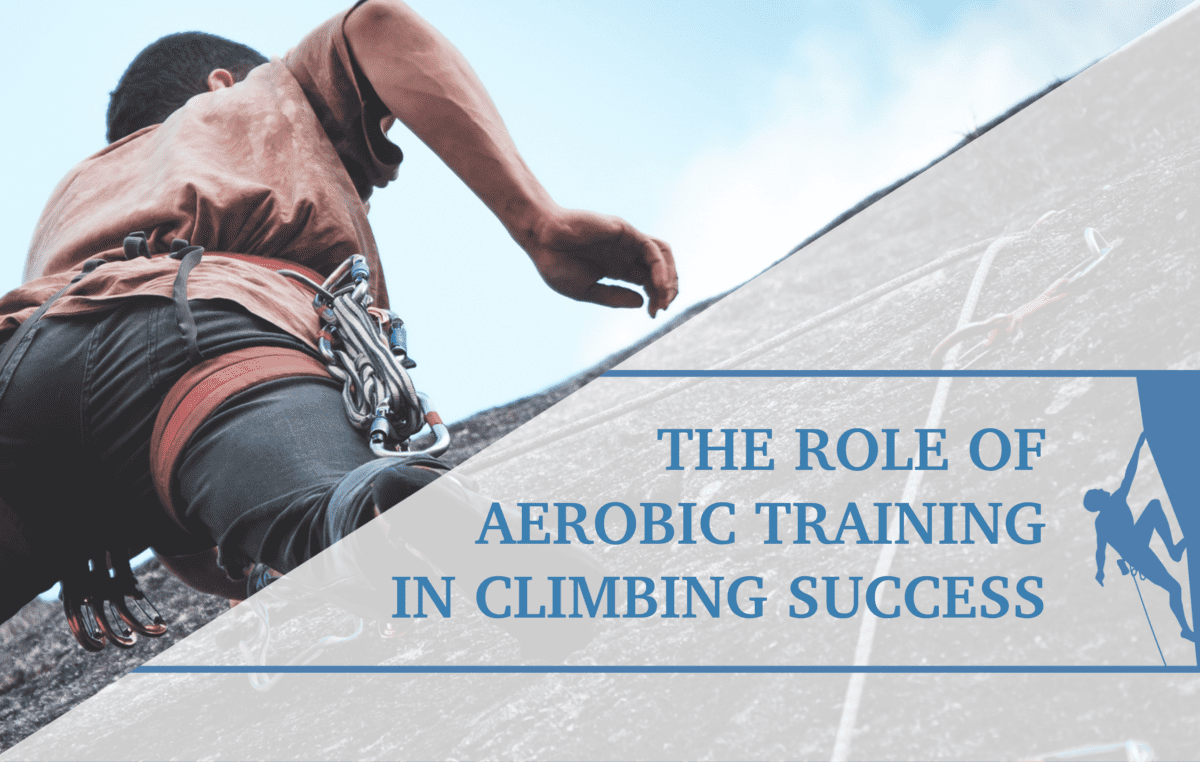Strength For Overhang Climbing: Improving Core Strength and Body Positioning
Overhang rock climbing presents a unique set of challenges that are not solely dependent on sheer strength, but also on mastering body positioning and using the power of your core muscles. Unlike vertical or slab climbing, where friction and balance are primary concerns, overhangs present an entirely different set of challenges. With gravity pulling you down and outwards, climbers must learn to adapt their bodies to counteract these forces and maintain control. With optimal body positioning, climbers can find stability, leverage, and the ability to execute complex sequences of movements. Furthermore, core muscles play an indispensable role in overhang climbing. The core acts as the powerhouse, stabilizing your body and providing the foundation for controlled movements. The strength and stability of your abdominal, oblique, and back muscles are instrumental in maintaining balance, generating force, and executing dynamic maneuvers. A solid core not only allows you to maintain control over your body in extreme positions but also helps to minimize strain on your arms and legs, ultimately conserving energy and endurance for sustained climbing.
In this article , we will explore exercises, and training strategies that can enhance your body positioning and strengthen your core muscles for overhang climbing. From understanding effective weight distribution to honing body tension, we will uncover the secrets to conquering overhangs with confidence.
Improve Overhang Position
Hip extension is a key component in your climbing technique and by extending your hips and bringing them close to the wall, you shift the load away from your upper extremity and towards your lower extremity. This enables you to save strength in your arms for a strong finish. To effectively extend your hips, it is vital to strengthen the posterior chain. The posterior chain refers to a group of muscles and connective tissues that run along the backside of your body, from your calves and hamstrings up to your glutes, lower back, and upper back muscles. The posterior chain plays a crucial role in rock climbing due to its involvement in generating power, stability, and efficient movement.
To develop and strengthen the posterior chain, exercises like deadlifts can be performed:
- Set up with feet shoulder-width apart and barbell on the ground
- Grip the bar with hands shoulder-width apart, palms facing down
- Engage core muscles, lift with legs and hips, keeping back straight
- Squeeze glutes at the top before lowering bar back down
- Repeat for desired reps
A few other tips to consider while performing this exercise are to start with a lighter weight to practice proper form, keep your core tight, lift with your legs and hips, and keep the bar close to your body.
Core With Reaching
When you reach for holds, having tight lats or shoulder muscles can cause your spine to extend and lead to a loss of core tension. To prevent loss of core tension and enhance your climbing performance, incorporating core-engaged reaching exercises is crucial. One effective exercise involves lying on your back with a resistance band anchored overhead, engaging your core, and countering the extension force by pressing into the band while reaching your arms overhead. This exercise strengthens the core muscles responsible for spinal stability and helps address tightness in the lats, enabling you to maintain optimal body alignment and tension while reaching for holds. This exercise helps to strengthen the core muscles responsible for maintaining a stable spine. The lats are also key players in this process, as stiffness in these muscles can contribute to spine extension.
To perform this exercise:
- Lie on your back with a resistance band anchored overhead and looped around your back (pulling your back into extension).
- Engage your core and press into the band with a pelvic tilt to counteract the extension force.
- Raise your arms as high as possible without allowing your back to arch.
A video demonstration can be found below and on our Instagram page @theclimbingdoctor
Lats and Core
As mentioned in the exercise above, when focusing on the core movement required to reach overhead for holds includes a focus on the lats. The importance of both muscle groups working together is because the lats are large muscles that span from your upper arm bone to your spine, and are responsible for pulling movements, while our core muscles stabilize the spine during movement. In the following exercise, we incorporate working on both the core and the lats.
For this exercise, you will need a resistance band and a stable object to place in front of you as you enter a plank position. The resistance band will be tied on one end to the stable object and you will be holding the opposite end in your hand. Keeping your core tight and your body in a straight line, pull your arm down into a bent arm or straight arm lock-off. Slowly return to the starting position and repeat for 3 sets of 6-10 reps.
Develop Your Core and Body Awareness
By understanding the demands of climbing overhangs and prioritizing exercises that target these areas, climbers can developing body awareness, strengthen core muscles, and maintaining supple lats not only enhance overall performance but also contribute to injury prevention and long-term climbing progression. These exercises mimic climbing movements, in order to improve climbing performance and to make the body more resilient to the demands of climbing.
- Disclaimer – The content here is designed for information & education purposes only and the content is not intended for medical advice.




